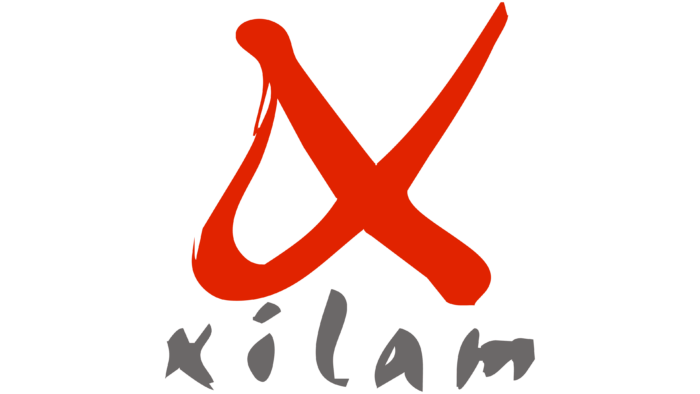The Xilam Animation logo symbolizes the desire to paint the world with bright colors. After all, this is exactly what the animation studio does: it fills the world with colorful cartoons, making it more interesting, kinder, and happier so that children grow up in a positive atmosphere.
Xilam Animation: Brand overview
| Founded: | August 5, 1997 |
| Founder: | Marc du Pontavice, Alix du Pontavice |
| Headquarters: | Paris, France |
| Website: | xilam.com |
Meaning and History
Few people know that Xilam was named after its founder Marc du Pontavice, and Alix’s wife. The naming person reversed the word “Alix” to make it “Xila” and added an “M” at the end. It is noteworthy that the film producer Marc is now the main shareholder of the animation studio – he owns more than 36% of the shares. The remaining assets are divided among several large organizations.
The history of Xilam Animation is closely connected with the activities of Gaumont. As far as is known, the world’s oldest film group in the mid-1990s created the division Gaumont Multimedia and appointed Marc du Pontavice as its general manager. Inspired by the creative atmosphere, in 1999, Marc decided to start his own business and founded a separate studio to produce animated films.
This is how the Xilam company appeared – in fact, the successor to the traditions of Gaumont Multimedia. The designers played with her name in the logo, depicting a free-standing letter “X” in the form of careless brush strokes. Subsequently, they changed the design a little: they made the lines neater and introduced a large red “X” into the gray word that used to be located at the bottom.
What is Xilam Animation?
Xilam Animation is a company that produces feature-length cartoons and animated series. It appeared in Paris in 1999. Its main goal is to create and distribute entertainment content in English and French.
1999 – 2000
The red cross in the shape of the letter “X” became the hallmark of Xilam Animation immediately after the company’s inception in 1999. Its first version was uneven: the diagonals on the left side were connected by a jagged upward curving line that simulated a random brush stroke. The first word of the brand name was right under the cross. The artists made it gray and depicted each glyph in the style of hand-drawn Chinese characters.
2000 – today
In the modern logo, the red “X” is located to the left of the gray “i,” “l,” “a,” and “m.” It is noteworthy that the designers slightly improved its shape by removing the connection between the two diagonals. They also adapted the “X” to the rest of the glyphs, for which they reduced it and thickened it a bit. At the same time, the colors became a little lighter.
As far as we know, in the animated version of the logo, the letter “X” was drawn by a small white man. He used an artist’s brush and a can of red paint, and an empty, colorless surface served as a “canvas” for him. Based on this, the Xilam Animation graphic sign symbolizes the main goal of the company – to paint the world in bright colors, which it achieves with the help of animated series, feature-length cartoons, and other entertainment content.
Font and Colors
The logo creators came up with all the glyphs from scratch because they cannot be attributed to any existing fonts. Moreover, the work of typographers resembles the art of Japanese calligraphy. The unique shape of the letters is comparable to hieroglyphs, where each line has a well-defined length and thickness.
The palette is also chosen with great care. Due to the light gray color, the designers managed to focus on the red tint to show its brightness and optimism.
Xilam Animation color codes
| Lust | Hex color: | #f01010 |
|---|---|---|
| RGB: | 240 16 16 | |
| CMYK: | 0 93 93 6 | |
| Pantone: | PMS Bright Red C |
| Aluminium | Hex color: | #888888 |
|---|---|---|
| RGB: | 136 136 136 | |
| CMYK: | 0 0 0 47 | |
| Pantone: | PMS 423 C |







